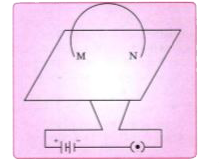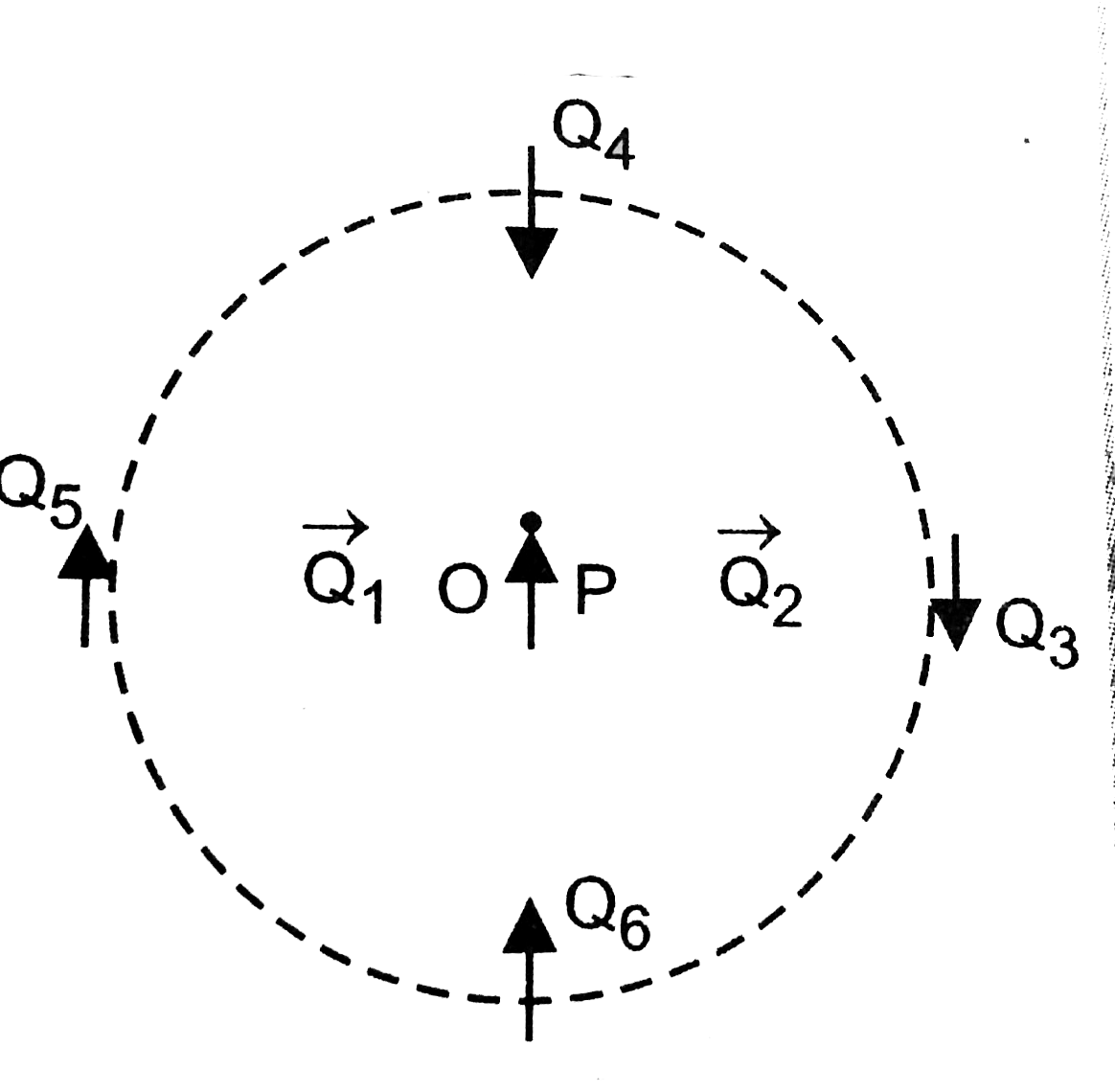In transistor symbols, the arrows shows shows the direction of-
current in the emitter
electron current in the emitter
holes current in the emitter
None of these
The correct Answer is:A
To solve the question regarding the direction of the arrow in transistor symbols, let's break it down step by step.
1. Understanding Transistor Types:
- There are two main types of transistors: NPN and PNP.
- In an NPN transistor, the arrangement is: N (Emitter) - P (Base) - N (Collector).
- In a PNP transistor, the arrangement is: P (Emitter) - N (Base) - P (Collector).
2. Identifying the Emitter:
- In both types of transistors, the emitter is the terminal that emits charge carriers (electrons for NPN and holes for PNP).
- The emitter is crucial for the operation of the transistor as it injects charge carriers into the base.
3. Direction of the Arrow:
- In the NPN transistor symbol, the arrow points outward from the emitter, indicating that the current (due to electrons) flows out of the emitter.
- In the PNP transistor symbol, the arrow points inward towards the emitter, indicating that the current (due to holes) flows into the emitter.
4. Current Direction:
- The direction of the arrow in the transistor symbol represents the direction of the emitter current (I_E).
- For NPN: The arrow points outwards, indicating that the emitter current is flowing out of the emitter.
- For PNP: The arrow points inwards, indicating that the emitter current is flowing into the emitter.
5. Conclusion:
- Therefore, the arrow in the transistor symbol shows the direction of the emitter current.
Final Answer:
The arrow in transistor symbols shows the direction of the emitter current.
---
- There are two main types of transistors: NPN and PNP.
- In an NPN transistor, the arrangement is: N (Emitter) - P (Base) - N (Collector).
- In a PNP transistor, the arrangement is: P (Emitter) - N (Base) - P (Collector).
- In both types of transistors, the emitter is the terminal that emits charge carriers (electrons for NPN and holes for PNP).
- The emitter is crucial for the operation of the transistor as it injects charge carriers into the base.
- In the NPN transistor symbol, the arrow points outward from the emitter, indicating that the current (due to electrons) flows out of the emitter.
- In the PNP transistor symbol, the arrow points inward towards the emitter, indicating that the current (due to holes) flows into the emitter.
- The direction of the arrow in the transistor symbol represents the direction of the emitter current (I_E).
- For NPN: The arrow points outwards, indicating that the emitter current is flowing out of the emitter.
- For PNP: The arrow points inwards, indicating that the emitter current is flowing into the emitter.
- Therefore, the arrow in the transistor symbol shows the direction of the emitter current.
The arrow in transistor symbols shows the direction of the emitter current.
Topper's Solved these Questions
- SEMICONDUCTORSBOOK - RESONANCE ENGLISHCHAPTER - SEMICONDUCTORSEXERCISE - Exercise 2
16 Videos
- SEMICONDUCTORSBOOK - RESONANCE ENGLISHCHAPTER - SEMICONDUCTORSEXERCISE - Exercise 3
88 Videos
- SEMICONDUCTORSBOOK - RESONANCE ENGLISHCHAPTER - SEMICONDUCTORSEXERCISE - Exercise 3
88 Videos
- REVISION DPPBOOK - RESONANCE ENGLISHCHAPTER - REVISION DPPEXERCISE - All Questions
463 Videos
- SIMPLE HARMONIC MOTION BOOK - RESONANCE ENGLISHCHAPTER - SIMPLE HARMONIC MOTION EXERCISE - Advanced Level Problems
13 Videos
Similar Questions
A ray of light is moving from a rarer medium to a denser medium and strikes a plane mirror placed at 90∘ to the direction of the ray as shown in the diagram.

Name the principle you have used to mark the arrows to show the direction of the ray.
View SolutionWhich of the following figure correctly depicts the Lenz’s law. The arrows show the movement of the labelled pole of a bar magnet into a closed circular loop and the arrows on the circle show the direction of the induced current
View SolutionFig. shows a bar magnet placed on the table top with its north pole pointing towards south. The arrow shows the north-south direction. There are no other magnets or magnetic material nearby.

Insert two magnetic field lines on either side of the magnet using arrow head to show the direction of each field line.
View SolutionFig. shows a bar magnet placed on the table top with its north pole pointing towards south. The arrow shows the north-south direction. There are no other magnets or magnetic material nearby.

Indicate by crosses, the likely positions of the neutral points.
View SolutionThe diagram below shows a current carrying loop or a circular coil passing through a sheet of cardboard at the points M and N. The sheet of cardboard is sprinkled uniformly with iron filings.

Copy the diagram and draw an arrow on the circular coil to show the direction of current flowing through it.
View SolutionIn figure shows three long straight wires P,Q and R carrying currents normal to the plane of the paper. All three currents have the same magnitude. Which arrow best shows the direction of the resultant force on the wire P

View SolutionFigure shows a small magnetised needle P placed at a point O. The arrow shows the direction of magnetic moment. The other arrows show different positions (and orientations of the magnetic moment) of another identical magnetised needle Q.

(a) In which configuration is the system not in equilibrium?
(b) In which configuration is the system in (i) stable and (ii) unstable equilibrium?
(c) Which configuration corresponds to the lowest potential energy among all the configurations shown?
View SolutionThe diagram below shows a rod lifting a stone.
(a) Mark position of fulcrum F and draw arrows to show the directions of load L and effort E. (b) What class of lever is the rod ? (c) Give one more example of the same class of lever stated in part (b).
 .
.
View Solution
The diagram below shows an instantaneous position of a string as a transverse progressive wave travels along it from left to right Which one of the following correctly shows the direction of the velocity of the points 1,2 and 3 on the string?
View SolutionRadiations given out from a source when subjected to an electric field in a direction perpendicular to their path are shown below in the diagram. The arrows show the path of the radiation A, B and C. Answer the following question in terms of A, B and C.

Name the radiation B which is unaffected by the electrostatic field.
View Solution
